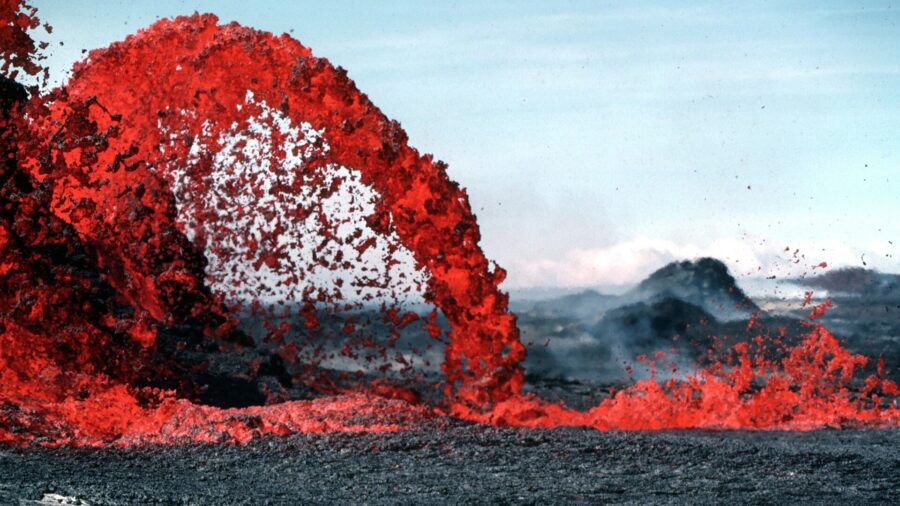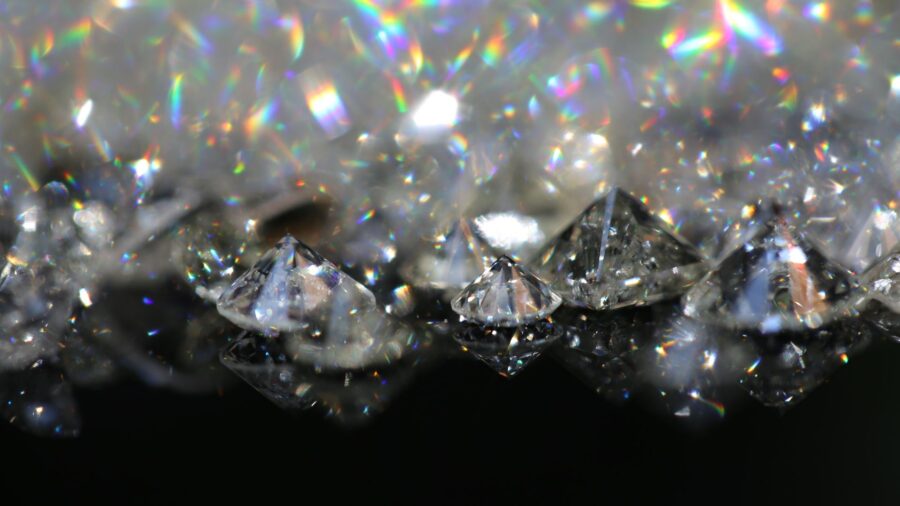Scientists Discover Volcanos That Erupt Diamonds

Volcano eruptions are powerful forces of nature, and there are also interesting things that can happen as a result of these eruptions – such as the eruptions pushing diamonds up to the surface. According to a recent article by Live Science, when supercontinents break up, the resulting volcanic activity may lead to these precious stones being shot up from the depths of the Earth to the surface. When they are brought to the surface, it is typically due to kimberlite eruptions, which travel between 11 and 83 mph.
Diamonds Reach Earth’s Surface From Kimberlite Eruptions
These volcano diamonds are typically pulled from over 90 miles beneath the Earth’s crust during a kimberlite eruption. These kimberlite eruptions were observed to be most likely to occur when tectonic plates are making major shifts.
There were numerous kimberlite eruptions during the breakup of the supercontinent Pangea, though these eruptions would often spout up in the middle of the continent rather than at the edges where the plates were breaking off from each other.
There was also a pattern found in the kimberlite eruptions, where researchers looked at plate movements over the past 500 million years and found that the kimberlite eruptions would peak roughly 22 to 30 million years after plates began pulling apart.
The mixing materials of water, carbon dioxide, and kimberlite minerals like diamond can lead to powerful volcano eruptions that drive the minerals to the surface.
So, when the supercontinents pulled apart, you would have to wait quite a while before you could see some volcano diamond eruptions. Another notable observation was the spike of kimberlite eruptions 25 million years after the southern supercontinent Gondwana broke up around 180 million years ago.

The volcano eruptions with diamonds were also observed to happen in North America around 250 million years ago, with the eruptions starting at the breaking point of the plates and gradually making their way to the middle of the continent.
The findings may be useful for finding diamond deposits that were previously unknown.
Computer models were then used to determine how these eruption patterns occur, with the researchers finding that tectonic plates pulling apart cause the base of continental crust to thin, leading to unstable regions that spread to neighboring regions of the continental crust. This instability then allows rock from the upper mantle and lower crust to flow against each other, sometimes leading to explosive reactions and kimberlite eruptions.
The mixing materials of water, carbon dioxide, and kimberlite minerals like diamond can lead to powerful volcano eruptions that drive the minerals to the surface. These findings may be useful for explaining why eruptions happen long after a supercontinent has completely broken up. Additionally, the findings may be useful for finding diamond deposits that were previously unknown.
It’s certainly interesting to learn about these volcano diamonds because there is still plenty to be researched and observed about the Earth’s crust, mantle, and core. Since it’s exceedingly difficult to extract minerals from the Earth without natural phenomena pushing it up, researchers often rely on findings like this to learn more about our planet’s innards.
Even the deepest mine in the world is only 2.5 miles deep, and the furthest we’ve ever drilled is around seven miles — the Earth’s crust alone is around 25 miles beneath the continents, so we have quite a ways to go.












